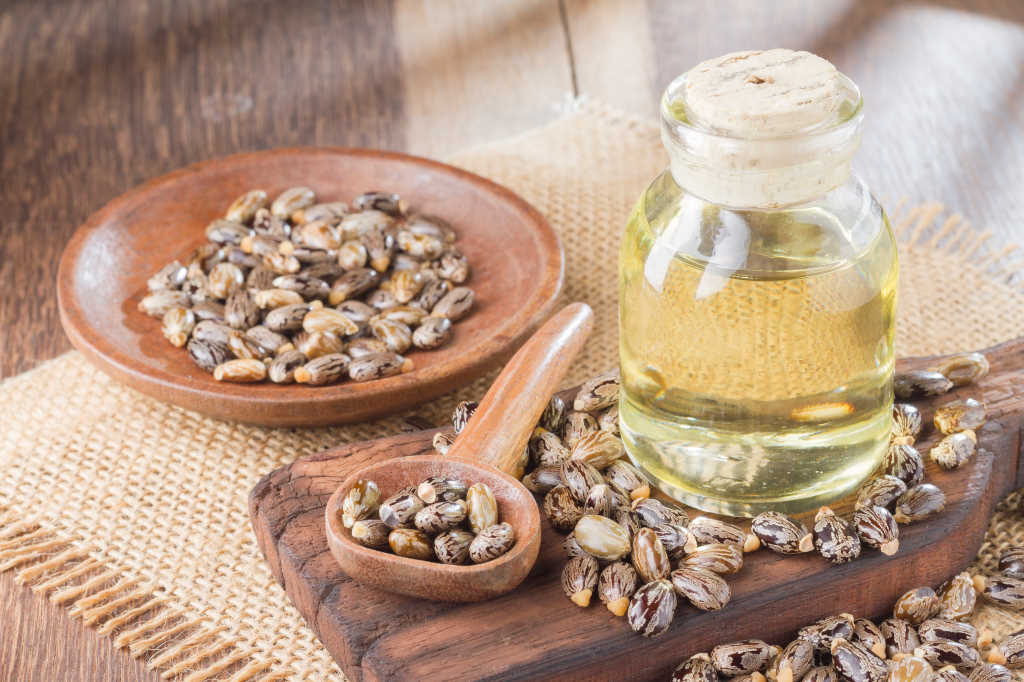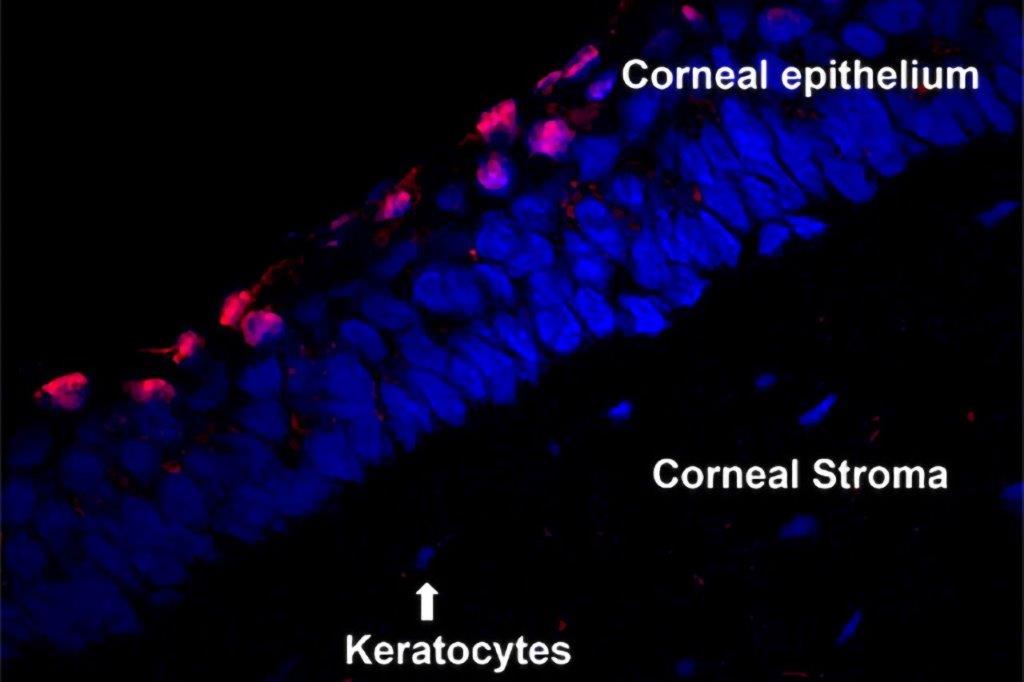Natural therapies for blepharitis
When clinical trial participants are so happy with the product that they refuse to give it back at the end of the study, interest cannot help but be piqued. A pilot study of castor oil as a blepharitis treatment, conducted by University of Auckland’s Ocular Surface Laboratory (OSL), was one such example.
Dealing with blepharitis is a thorny issue for both patients and eyecare practitioners. The reality is management is a long-term quest and sometimes it’s difficult to come up with solutions that keep everyone happy.
What’s in our current tool kit?
Commercial eyelid cleansers, warm compress therapy, antibiotics and topical anti-inflammatories make up the common arsenal for blepharitis management, although each comes with its own caveat. For example, tea tree oil is often the go-to treatment if a high number of cylindrical collarettes is observed. Once study, however, cites a risk of toxicity to the very tissues targeted for treatment1.
At the crux of it, there’s a need for an easy-to-use therapeutic option which doesn’t take too much time to apply and is safe to use long term, while keeping patients happy. The OSL has been investigating natural options that might fit the bill. Manuka honey, with its plethora of therapeutic benefits, has been shown to improve the signs and symptoms of blepharitis, but without complex formulation, using proprietary honey compounds, the stinging is tolerated by few2,3.
Castor oil to the rescue?
Historically, castor oil has had many uses, including as an oral analgesic and a laxative4,5. More recently, it has become a common ingredient in cosmetic products and its anti-inflammatory effects have been shown to rival non-steroidal anti-inflammatory drugs when used for osteoarthritis6.
The first ophthalmic use of castor oil was as a placebo control in a clinical trial investigating cyclosporin A for dry eye disease (DED), where researchers found it worked almost as well as cyclosporin7. Subsequent studies have confirmed its ability to integrate into the natural lipid layer of the tear film, where it was detectable up to four hours post instillation of a single eyedrop. The resulting increased volume of triglycerides in the tear film is believed to help protect against evaporative DED8,9.
In collaboration with a natural-health specialist, the OSL further explored castor oil’s benefits and tested its antimicrobial and anti-inflammatory potential in blepharitis by applying it topically to the external eyelid. A paired-eye clinical study with twice-daily application found significant improvement in a raft of features, with observed reduction in DED symptoms (as assessed by OSDI questionnaire), as well as clinical improvement in eyelid margin thickening and telangiectasia, in eyelash matting, madarosis and cylindrical dandruff, and in lid wiper epitheliopathy10. With these promising results, the University of Auckland OSL team has partnered with TRG Natural Pharmaceuticals to undertake investigator-initiated research. The team is on its way to completing a larger, randomised, placebo-controlled, double-blinded clinical study and we look forward to sharing the results in due course.
If you know anyone with blepharitis, who might be interested in helping us find out just how much promise castor oil might hold in managing eyelid health, please get in touch.
For more information and to enrol patients, visit: https://tinyurl.com/castor-study
References
1. Chen D, Wang J, Sullivan D, Kam W, Liu Y. Effects of Terpinen-4-ol on Meibomian Gland Epithelial Cells In Vitro. Cornea. 2020;39(12):1541-6.
2. Albietz J, Schmid K. Randomised controlled trial of topical antibacterial manuka (Leptospermum species) honey for evaporative dry eye due to meibomian gland dysfunction. Clin Exp Optom. 2017;100(6):603-15.
3. Craig J, Cruzat A, Cheung I, Watters G, Wang M. Randomized masked trial of the clinical efficacy of MGO manuka honey microemulsion eye cream for the treatment of blepharitis. Ocul Surf. 2020;18(1):170-7.
4. Patel V, Dumancas G, Kasi Viswanath L, Maples R, Subong B. Castor oil: properties, uses, and optimization of processing parameters in commercial production. Lipid Insights. 2016;9:1-12.
5. Tunaru S, Althoff T, Nüsing R, Diener M, Offermanns S. Castor oil induces laxation and uterus contraction via ricinoleic acid activating prostaglandin EP3 receptors. PNAS. 2012;109(23):9179-84.
6. Medhi B, Kishore K, Singh U, Seth S. Comparative clinical trial of castor oil and diclofenac sodium in patients with osteoarthritis. Phytother Res. 2009;23(10):1469-73.
7. Sall K, Stevenson O, Mundorf T, Reis B. Two multicenter randomized studies of the efficacy and safety of cyclosporine ophthalmic emulsion in moderate to severe dry eye disease. Ophthalmology. 2000;107(4):631-9.
8. Maissa C, Guillon M, Chamberlain P. Effect of castor oil emulsion eyedrops on the tear film. IOVS. 2004;45(13):3900.
9. Maïssa C, Guillon M, Simmons P, Vehige J. Effect of castor oil emulsion eyedrops on tear film composition and stability. Cont Lens Anterior Eye. 2010;33(2):76-82.
10. Muntz A, Sandford E, Claassen M, Curd L, Jackson A, Watters G, et al. Randomized trial of topical periocular castor oil treatment for blepharitis. Ocul Surf. 2021;19:145-50.
Catherine Jennings is a research optometrist and PhD candidate in the Ocular Surface Laboratory at the University of Auckland.
























